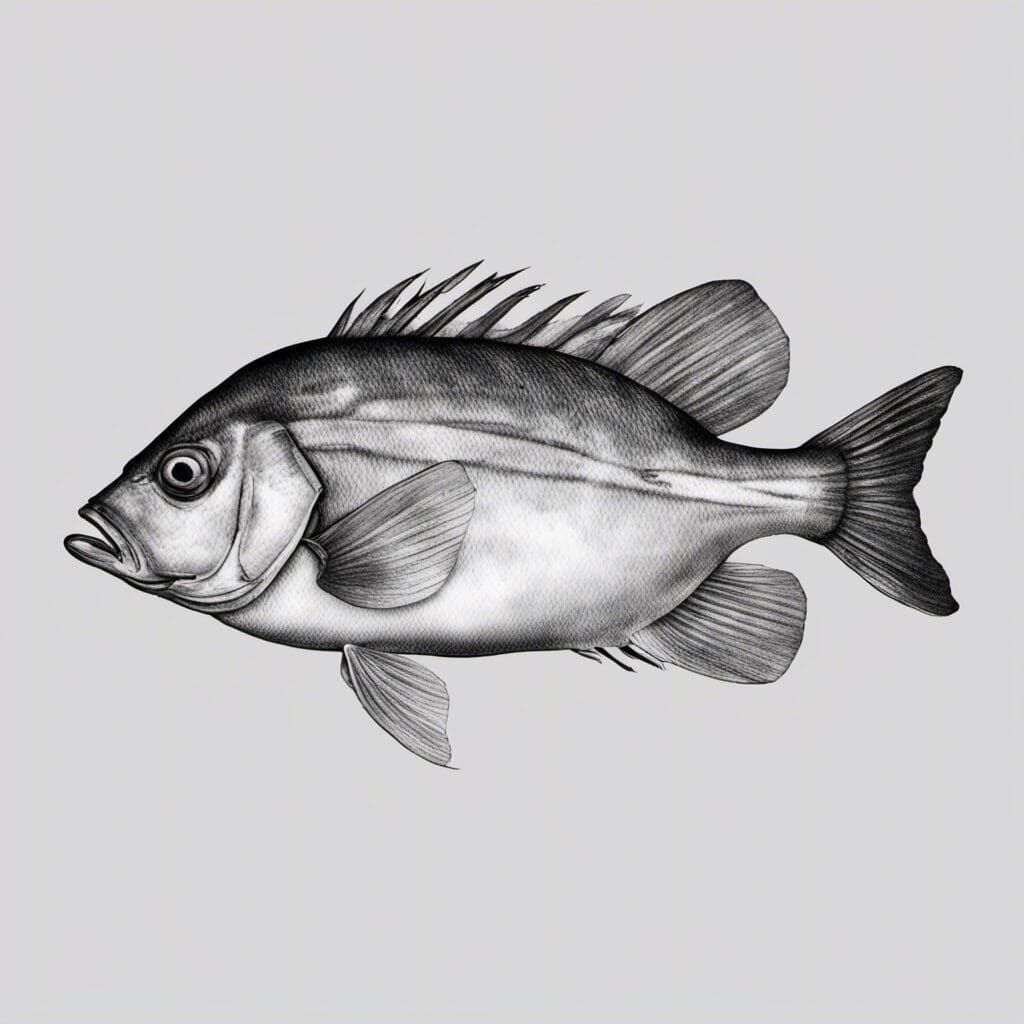Introduction
The Scup, also known as the Stenotomus chrysops, is a species of fish found along the Atlantic coast of North America. They are a part of the family Sparidae which includes about 125 species of saltwater fish including porgies, sea breams, and scups.
Conservation Status
Presently, the status for Scup is categorised as ‘Least Concern’ by the International Union for Conservation of Nature (IUCN). There are no significant conservation efforts specifically aimed towards the Scup, as they are abundant and widespread with no known major threats.
Statistics
| Statistic | Average | Range |
|---|---|---|
| Length | 14 inches | 6-18 inches |
| Weight | 2 pounds | 0.5-3 pounds |
| Average Lifespan | 14 years |
Distribution
Scups are found on the Atlantic coast of North America, stretching from Massachusetts to South Carolina. They do not typically migrate but tend to stay within coastal waters or move offshore during colder seasons.
Habitats
They predominantly inhabit saltwater bodies and prefer a depth range between 30 to 120 feet. Scups thrive in temperature ranges between 45°F to 77°F.
When and Where to See
Scups are usually most active during the warmer months, specifically from April through October. They can be seen any time of the day but are primarily active during dusk and dawn.
Best Fishing Locations
Some of the top locations for Scup fishing include Chesapeake Bay in Virginia, Block Island Sound in Rhode Island, and Peconic Bay in New York.
General Tips
- Look for signs of activity on the surface of the water, like splashing or birds diving
- Fish near structures like piers, jetties, and reefs
- Use sonar to locate schools of fish
How to Catch
When fishing for Scup, the most effective baits are worms, shrimp, or small pieces of squid. Popular fishing techniques include bottom fishing and float fishing. The best time to fish them is during dawn or dusk during the warmer months.
Identification Guide
Scups can be identified by their silver color with bluish and greenish tints, a pointed snout, and a forked tail.
Culinary
Scup is a versatile fish that can be grilled, fried, or baked. It has a mild taste and a semi-firm texture. Some popular recipes featuring Scup include Scup en Papillote and pan-seared Scup.
Additional Information
Scups are omnivorous and feed on small invertebrates, worms and plant matter. They reproduce in the late spring and early summer. Their primary predators include larger fish such as sharks and rays, as well as seabirds like gulls and cormorants.
Cultural/ Historical Significance
Scup has been a staple in the diet of coastal communities for centuries. It has also been an important commercial fish species for the Atlantic coast industry.
References and Further Reading
For more detailed and additional information about Scup, refer to resources such as “Field Guide to Coastal Fishes: From Maine to Texas” by Valerie A. Wakefield and “American Seafood: Heritage, Culture & Cookery From Sea to Shining Sea” by Barton Seaver. Please note that these resources may be available online or at your local library

